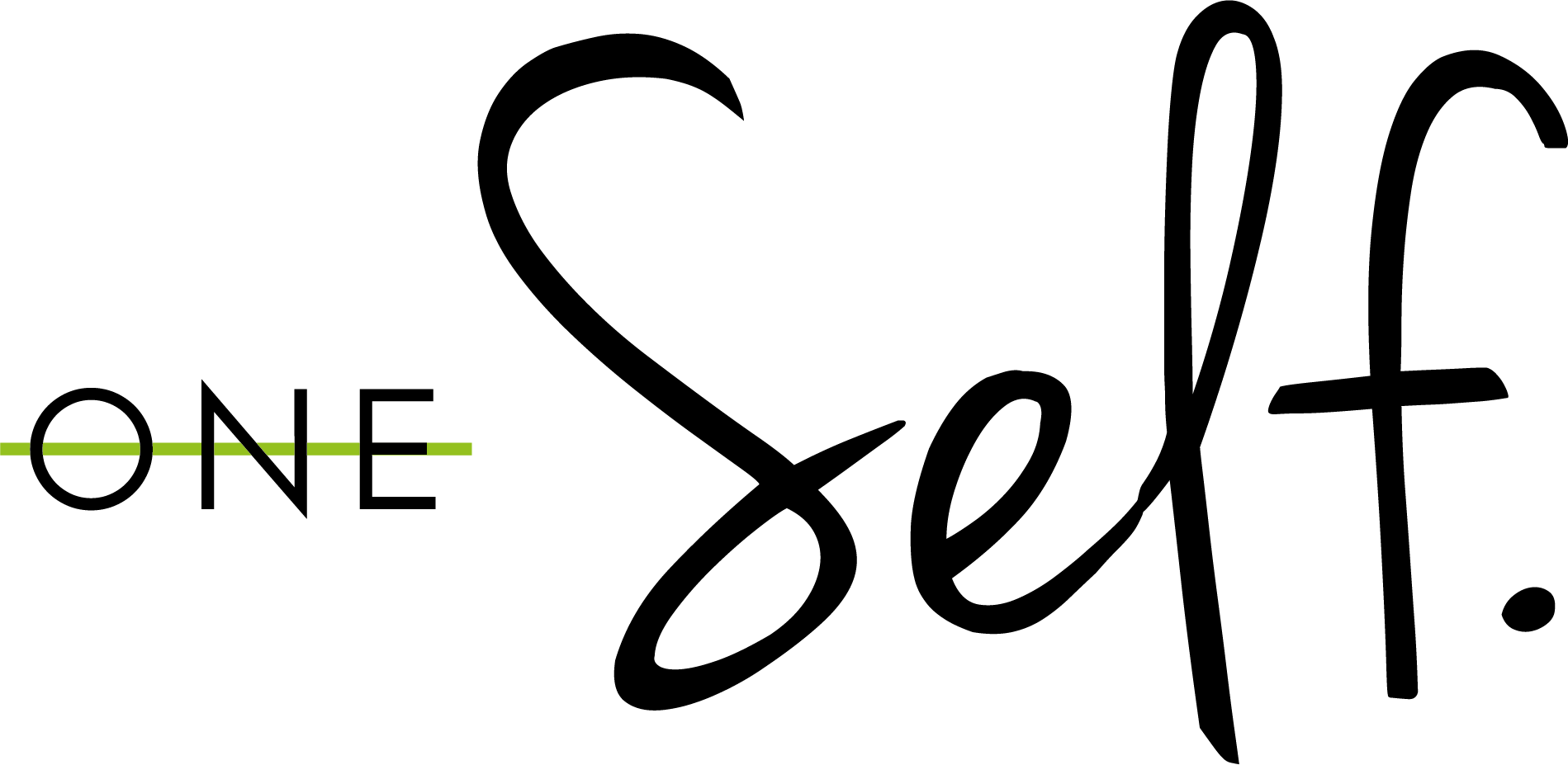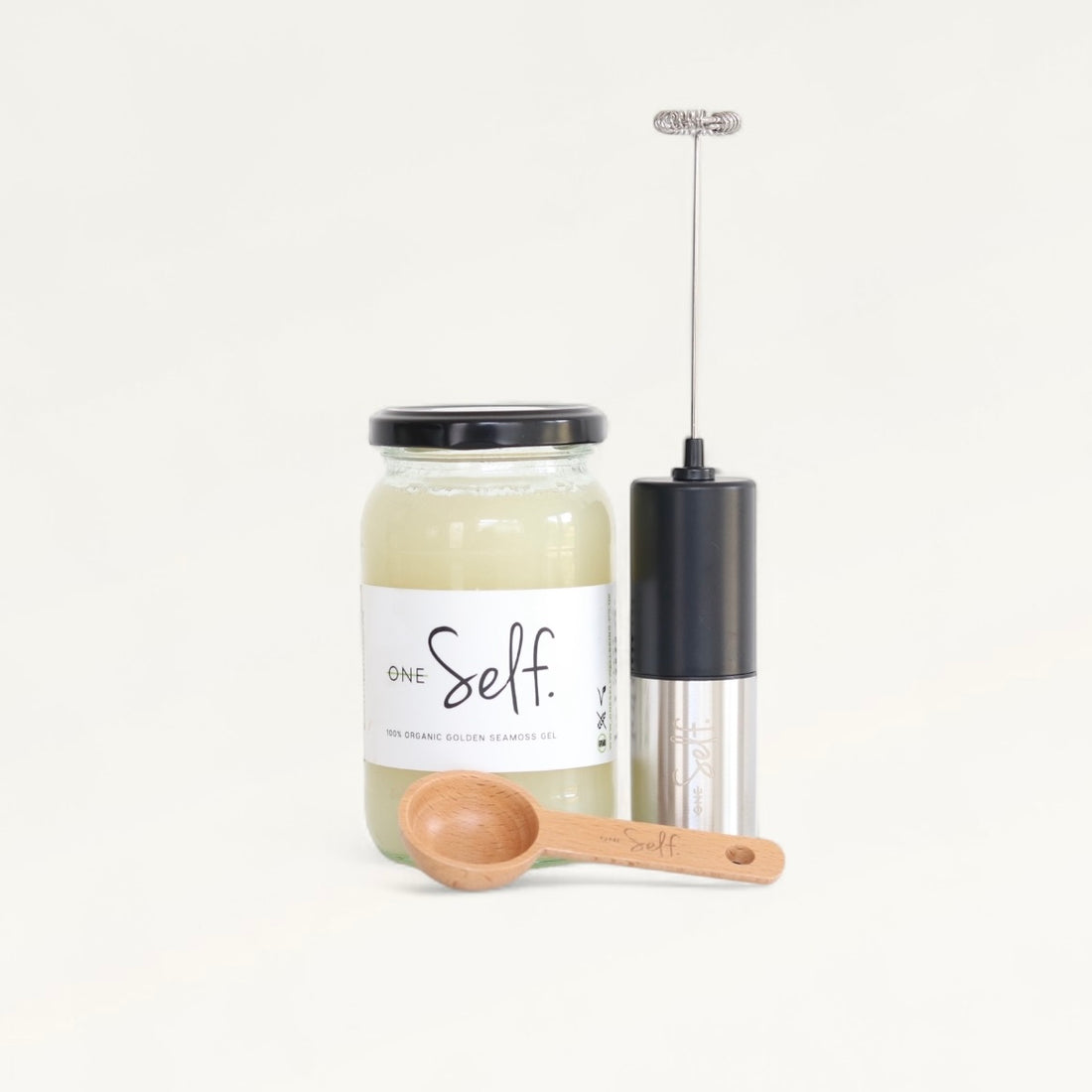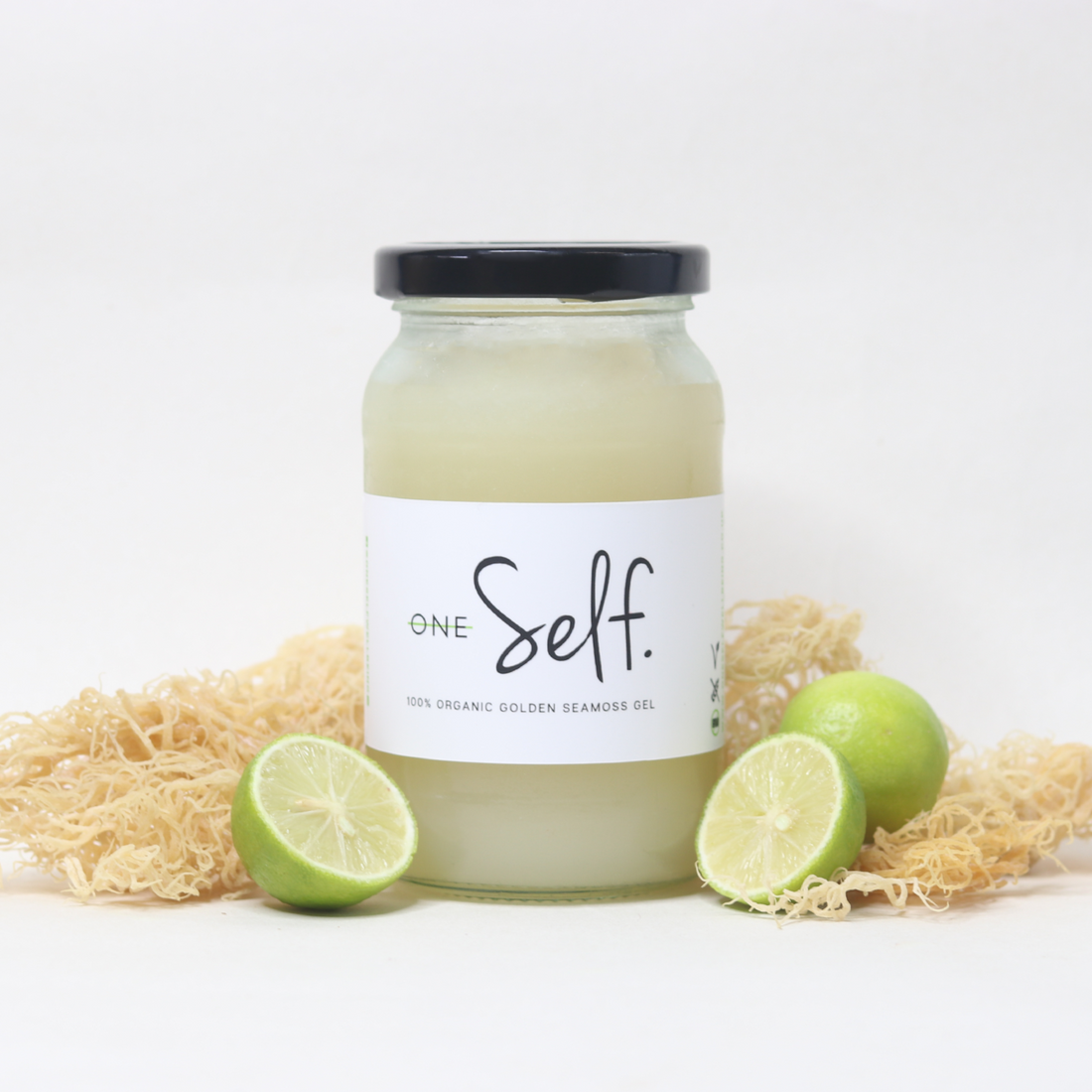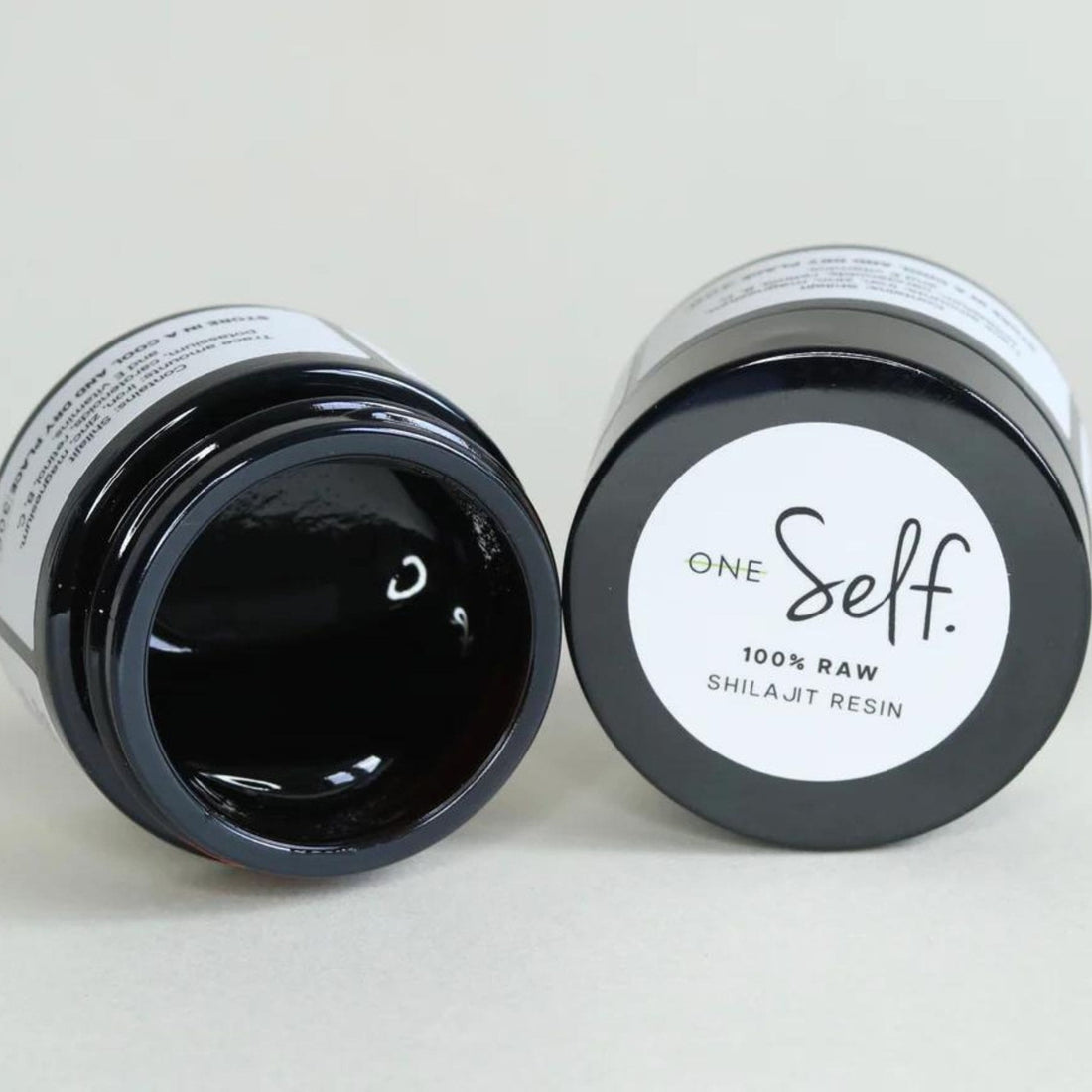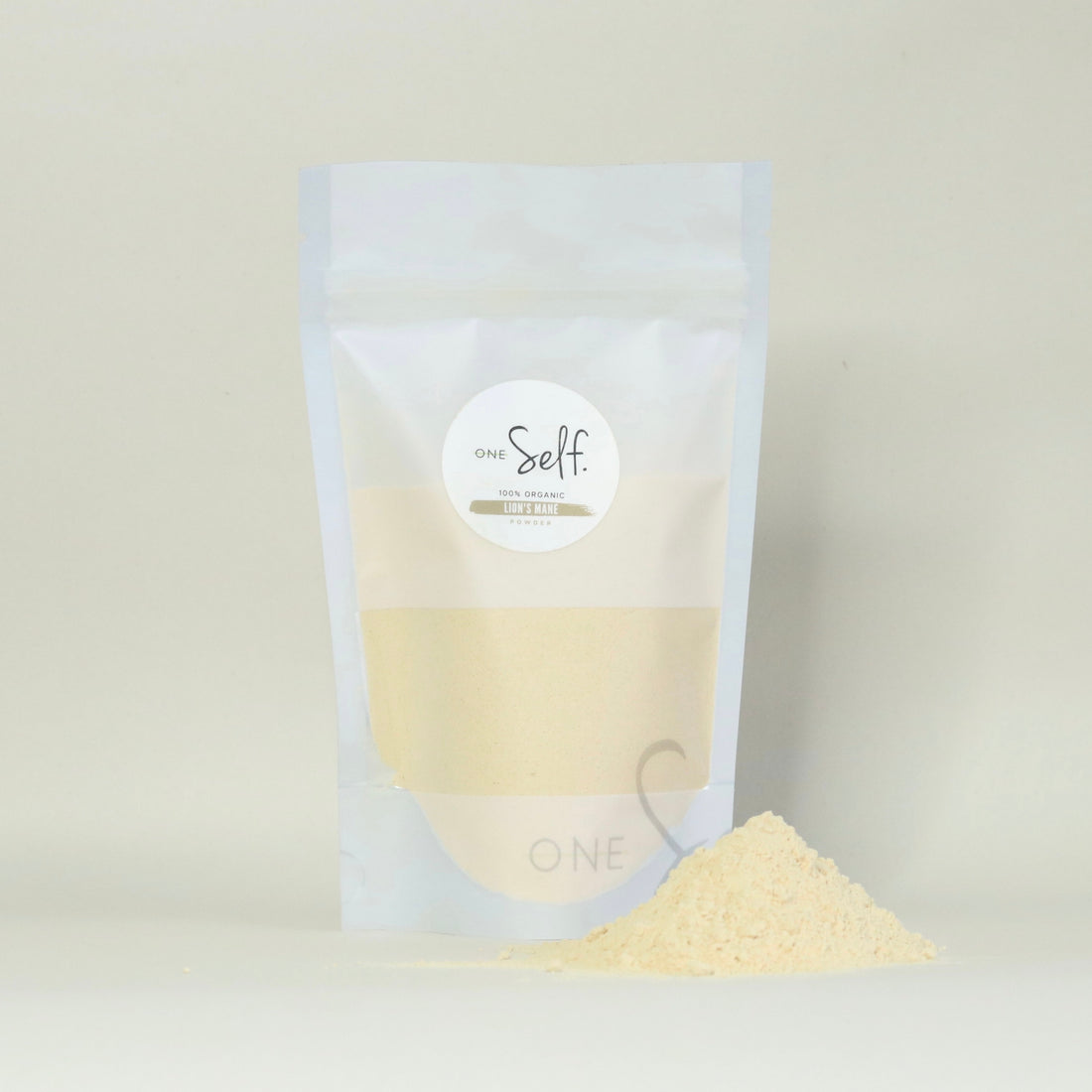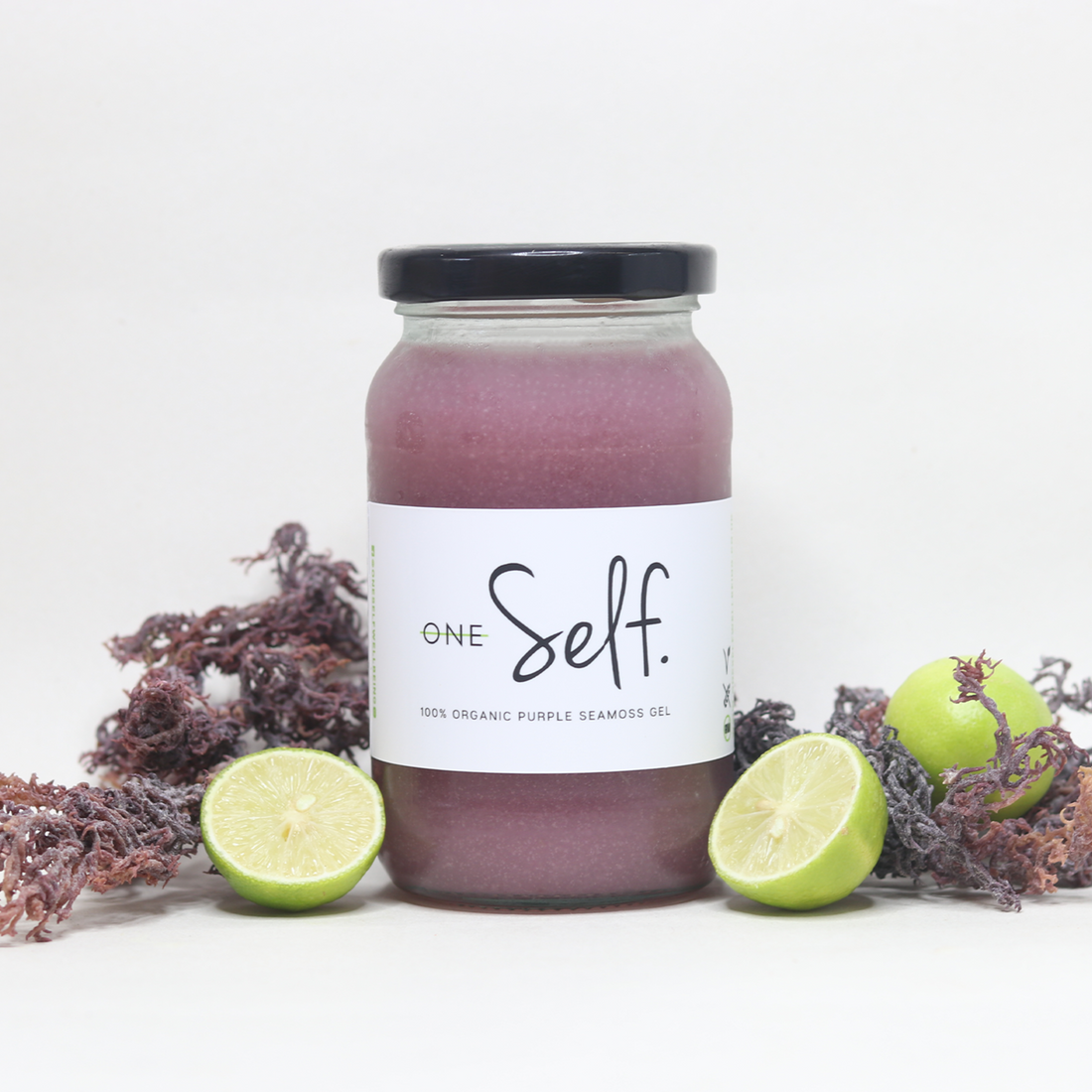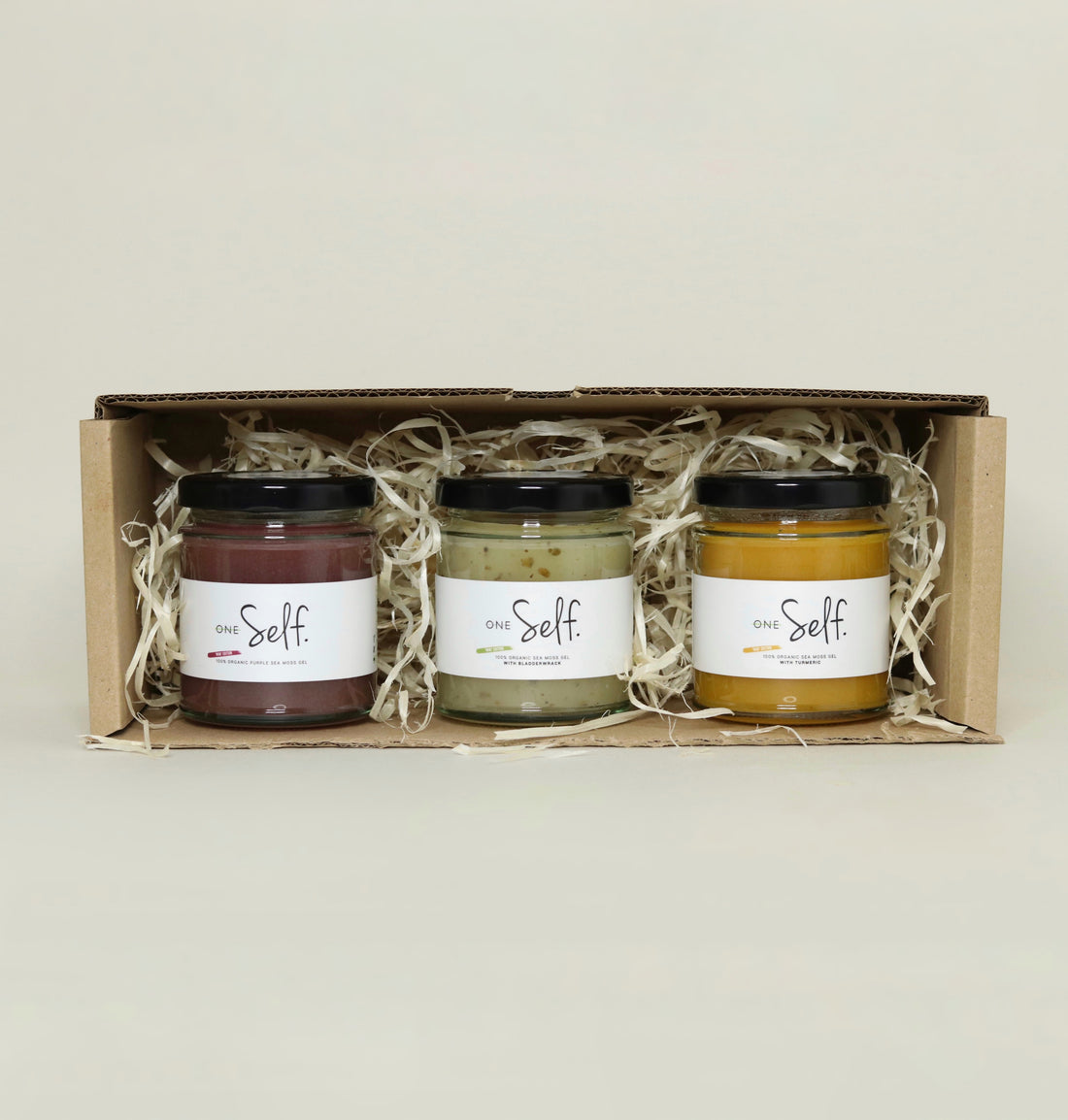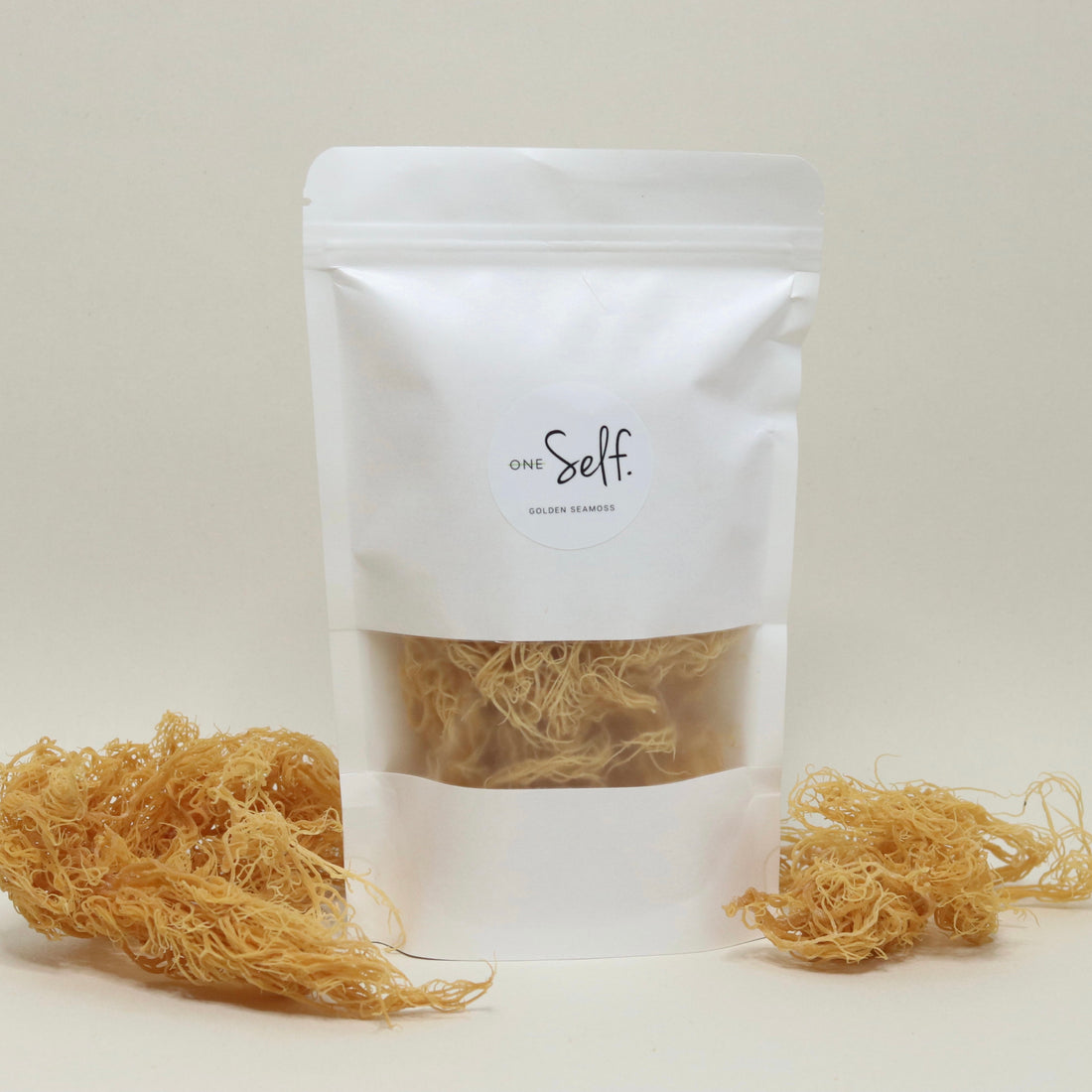2 minute read
For all those who have asked about our heavy metal results on our sea moss gel, your curiosity is appreciated and acknowledged and guys as always, we've got you!! If your none the wiser and have no clue what we are on about right now then please read on to find out the importance of monitoring heavy metal levels in our sea moss and why it should matter to you!
How can Sea moss absorb heavy metals?
What’s so ‘glowing’ about our report?
Well, according to official guidelines (which you can find here)
-
The maximum allowed lead content ranges from 0.01 mg/kg in some baby foods to 3 mg/kg in food supplements.
-
For cadmium, maximum levels range from 0.005 mg/kg in milk protein-based baby foods to 3 mg/kg in supplements.
-
The maximum allowed arsenic content in regulated products ranges from 0.01 to 0.5 mg/kg.
-
Maximum mercury levels are set for salt, food supplements, fish, and fishery products. Salt and supplements must not contain more than 0.1 mg/kg of mercury.
Our results fell well inside of these boundaries. Here they are;
-
Lead, less than 0.005
-
Cadmium, 0.004
-
Arsenic, 0.078
-
Mercury, 0.009
Ok, but why isn’t the seamoss totally free of heavy metals? Seamoss, like many other aquatic organisms, will likely never be completely free of heavy metals because these elements are naturally part of our environment. Heavy metals are part of the Earth's crust and can be found in soil, rocks, and water. As seamoss grows, it absorbs minerals, including heavy metals, from the water in which it lives. However, human activities such as industrial processes, agriculture, and pollution can introduce excess heavy metals into aquatic ecosystems. It’s these excesses that we’re controlling for and minimising.
We know that the reason you’ll be wanting your seamoss is for its juicy health benefits, unfortunately many seamoss brands on the market collect their seamoss in a cheap, unsustainable, and unhealthy way. We do everything we can to maximise the health of our sea moss and the health benefits it offers to you, and eliminate anything that reduces its potency.
We aim to test for heavy metals a few times a year. At any point that you want to check the content of your own batch, You’re welcome to email us for our latest results!
